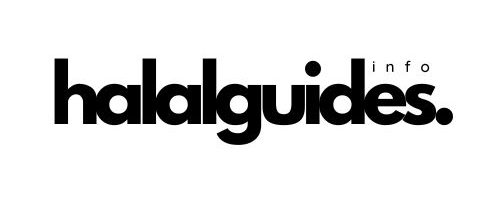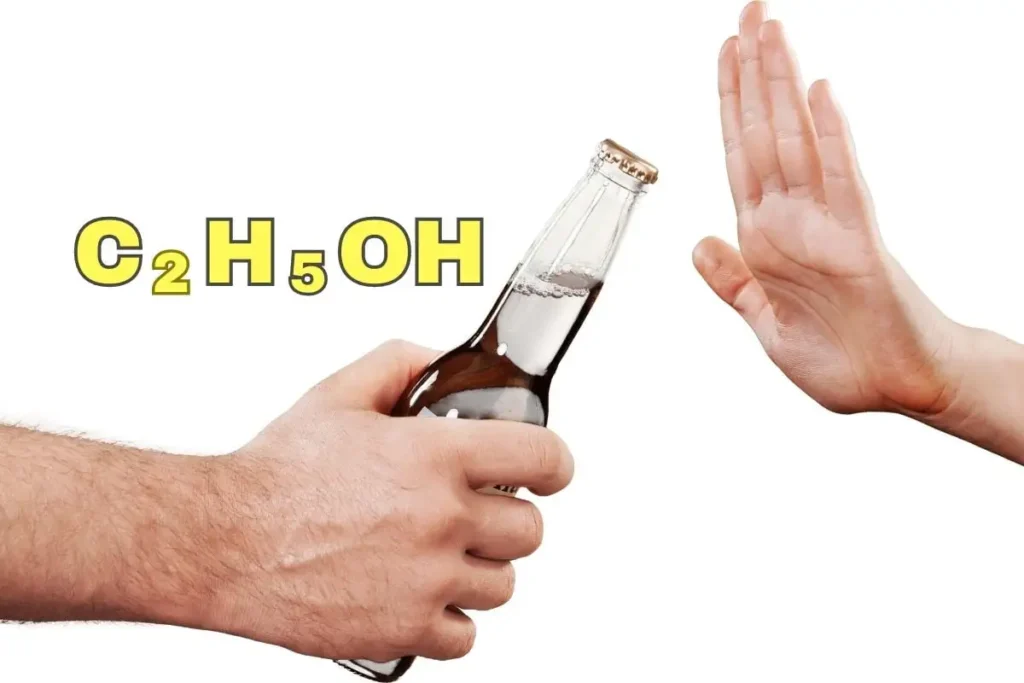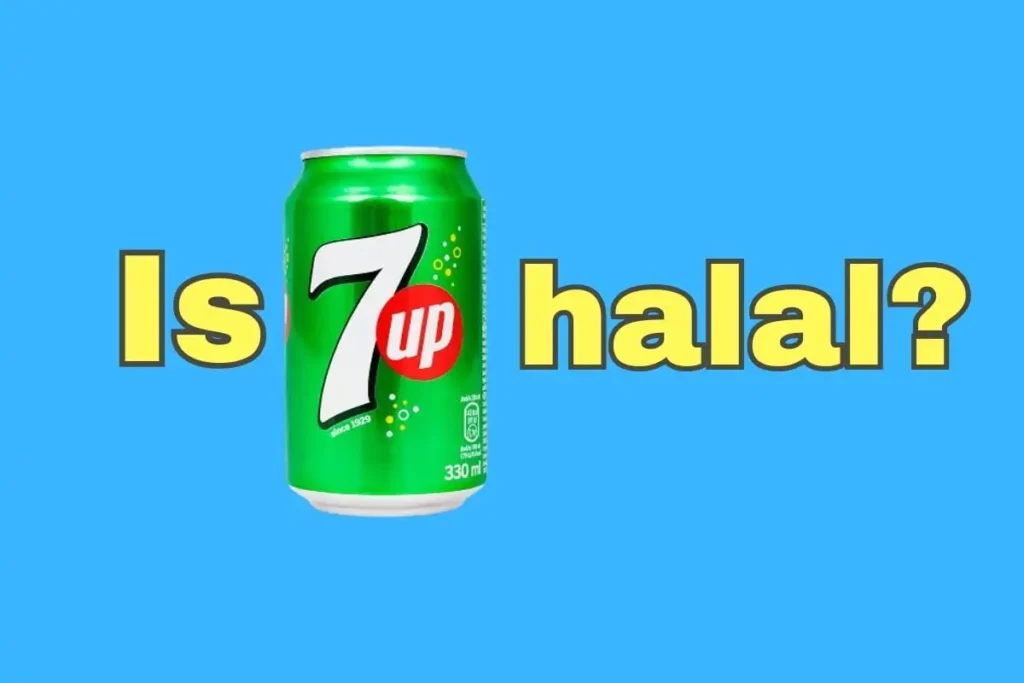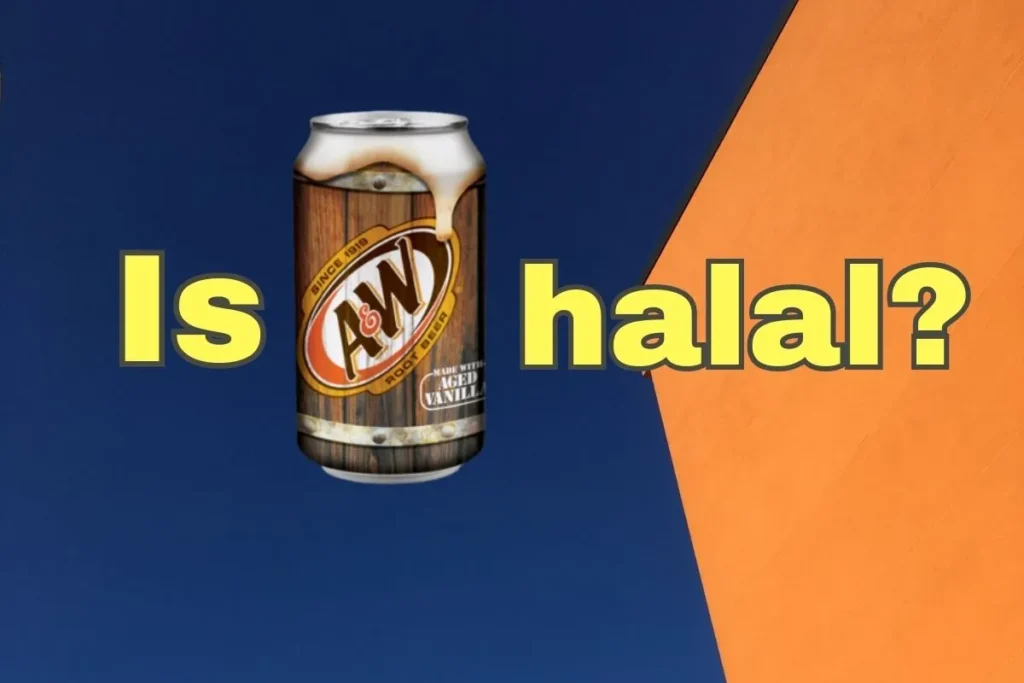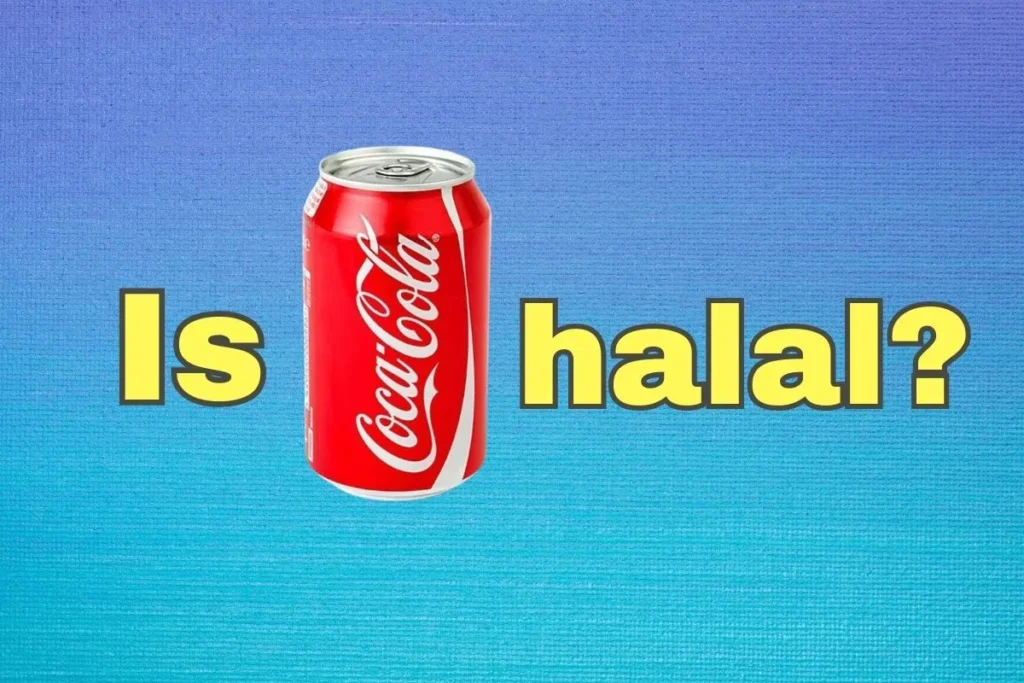Hello readers! In today’s article, I wanted to share some insights on whether E433 is halal or haram. E433 is a popular food additive used as an emulsifier in many products. By breaking down its chemical makeup and production process, we can determine if it aligns with Islamic dietary guidelines.
Let’s dive right into the details.
Key Takeaways
| 📌 E433, also known as Polysorbate 80 or Tween 80, is a common emulsifier found in various processed foods like ice cream, baked goods, dressings, and beverages. |
| 📌 Its chemical structure involves a combination of sorbitol, oleic acid, and ethylene oxide, derived from plant sources such as fruits and oils. |
| 📌 While E433 is generally recognized as safe by regulatory bodies like the FDA and EFSA, its halal status is categorized as doubtful due to its association with sorbitol, an ingredient with uncertain halal standing. |
What is E433?
E433, also commonly called Tween 80, is a food-grade emulsifier used in processed foods worldwide. It helps mixtures of oil and water combine into a single stable emulsion by reducing surface tension at the interface. This allows recipes to achieve a smooth and creamy texture.
As one of the most widely used surfactants globally, it has applications in foods, personal care products, and even pharmaceutical formulations. Let me know if you need any clarification on its functions or why it’s so prevalent before we dive into its makeup.
Chemical Structure
The formal name for E433 is polysorbate 80, referring to its key components. It is polyoxyethylene (20) sorbitan monooleate – meaning the monoglyceride of oleic acid is joined with 20 molecules of ethylene oxide. This gives it both hydrophilic and lipophilic properties essential for emulsification. Put more simply, it joins sorbitol and oleic acid together using ethylene oxide.
What is E433 made from?
Polyethoxylated sorbitan, the backbone of E433, is born from the dehydration of sorbitol, a humble sugar alcohol. But what does that even mean? Imagine sorbitol as a sweet, colorless liquid extracted from fruits or synthesized from glucose.
Now, through a meticulous process, it undergoes dehydration, transforming into polyethoxylated sorbitan, the very foundation of E433. It’s like the magical ingredient that bridges the sweetness of sorbitol with the functional wonders of oleic acid.
Now, let’s talk oleic acid – a fatty acid that plays a crucial role in the E433 production. It’s a bit like the unsung hero found in both animal and vegetable fats, quietly lending its fatty charm to the mix.
Think of oleic acid as the stabilizer, binding everything together and giving E433 its unique properties. So, next time you encounter E433 in your food, know that it’s a harmonious blend of sorbitol’s sweetness and oleic acid’s stability, working in tandem to bring you the emulsifying magic of Polysorbate 80.
Possible Side Effects
Generally recognized as safe by regulatory bodies, E433 has a good safety profile when consumed in small amounts as part of a varied diet. No adverse effects have been conclusively associated with its usage levels in foods.
However, in very large doses it could potentially lead to gastrointestinal issues like diarrhea or nausea due to its surfactant properties. As with any additive, those with existing medical conditions should check with their doctor before significant dietary changes. When consumed normally through food, it is thought to be well-tolerated.
Regulations and Guidelines
The US FDA categorizes polysorbate 80 as generally recognized as safe (GRAS) and has an everything-else tolerance of 1 million ppm in food. The European Food Safety Authority also considers it safe for consumption and has set an acceptable daily intake (ADI) of up to 25 mg/kg body weight per day.
Authorities around the world have established regulations keeping usage levels low enough to avoid potential risks, while still allowing it to serve important technical functions. Overall the scientific consensus is that E433 presents minimal health hazards when used within established legal limits.
Dosage and Administration
E433 has no standardized dosage as such, since it is never consumed in isolation but rather as a very minor component of foods and cosmetics. As noted, its GRAS status in the US and ADI set by the EFSA would allow consumption of polysorbate 80 at levels around 25,000 times greater than typical dietary exposures.
Most people are estimated to ingest less than 1 mg of E433 per kg of their body weight on a daily basis through the consumption of products containing it as an emulsifier. As long as usage adheres to legal restrictions set by local authorities, occasional or long-term intake presents very low risks.
Is E433 halal or haram?
Now for the long-awaited question, is E433 halal? Unfortunately, the answer places E433 in the syubhat (doubtful) category. This classification arises from E433 being sourced from sorbitol, whose status is also in question. Consequently, the halal status of E433 itself becomes doubtful.
Find out more:
Is E432 Halal or Haram?
Is E434 Halal or Haram?
Conclusion
In our exploration of E433, we’ve uncovered the intricate blend of sorbitol’s sweetness and oleic acid’s stability, creating the culinary magic of Polysorbate 80. Regulated and recognized as safe, it plays a graceful role in our food symphony.
Yet, as we seek its halal stance, uncertainty shrouds E433. Tied to the questionable status of sorbitol, it invites caution in our culinary journey. In this flavorful tale, E433 leaves us with a lingering question, adding a touch of mystery to our gastronomic adventure.
Allahu A’lam (Allah Knows Best)
FAQ
What is the source of E433?
As discussed above, E433’s core constituents sorbitol, oleic acid, and ethylene oxide all come from renewable plant sources like fruits, oils, and ethanol. No animal ingredients or byproducts are present in its production.
Is E433 safe for consumption?
Yes, numerous regulatory bodies globally including the FDA and EFSA categorize E433/polysorbate 80 as generally recognized as safe (GRAS) when used within established legal limits in foods and cosmetics. It has a very good safety profile and the scientific consensus is that typical usage levels pose minimal risks.
What are some common food products that contain E433?
As a widely used emulsifier, E433 can be found in many processed foods including ice creams, baked goods, dressings, condiments, beverages, and more. It helps ingredients like water and oil combine smoothly.
What is the CAS number of E433?
The Chemical Abstracts Service (CAS) registry number for polysorbate 80, also known as E433, is 9005-65-6. This is used to uniquely identify its chemical identity.
Is E433 banned in any country?
No, E433 is approved for food use worldwide and regulated rather than banned. While some nations may have specific conditions, it is not prohibited outright anywhere as long as manufacturing meets set safety and quality standards. Most regulatory authorities recognize it as safe in the amounts normally consumed.
- Is Pop Tarts Halal? What You Need to Know - February 18, 2024
- Are Graham Crackers Halal in Islam? - January 19, 2024
- Is Keebler Wheatables Halal? - January 18, 2024
